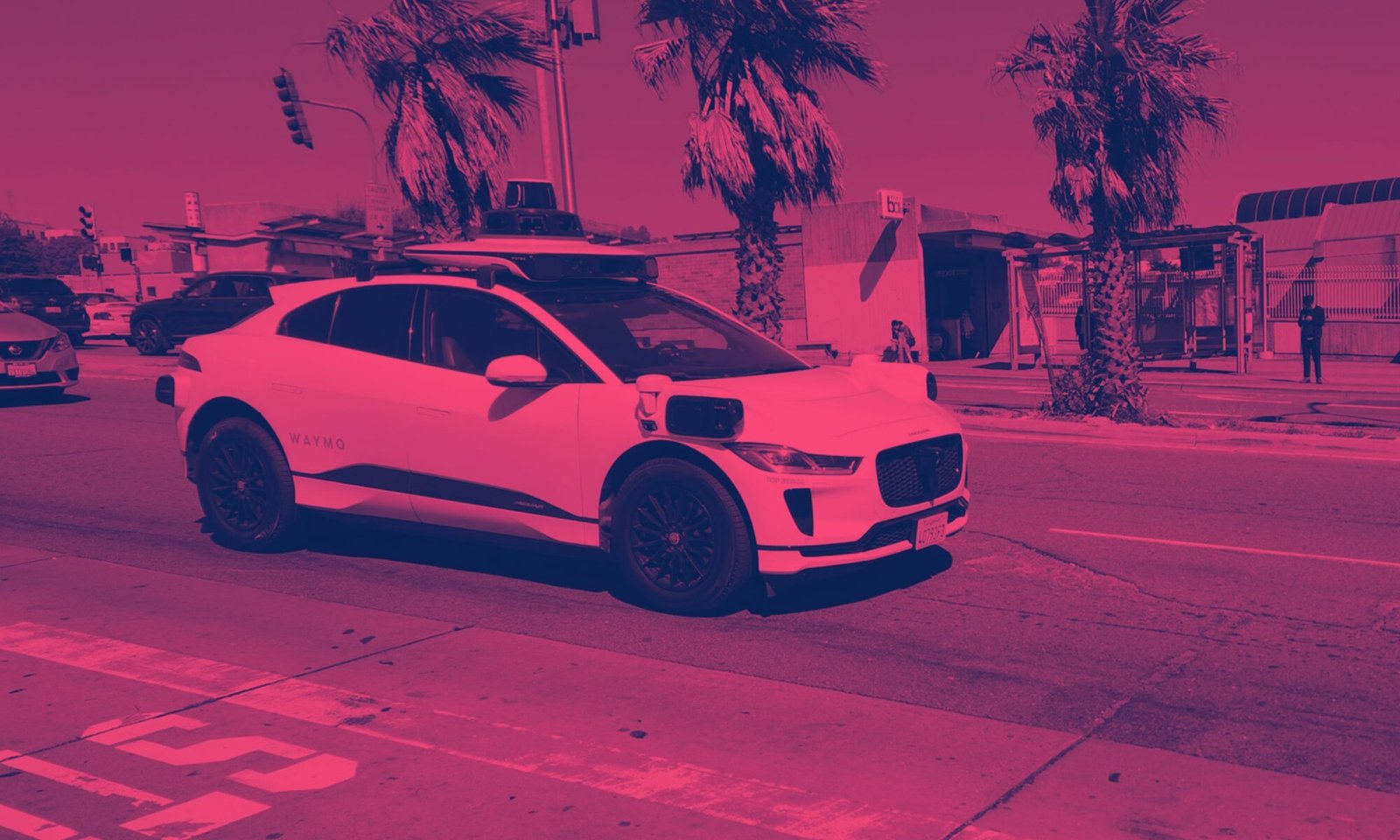You see them everywhere is San Francisco these days – driverless cars. Waymo uses a Jaguar with cameras all over the place. George Orwell is probably mumbling “I told you so!” from his grave. Driverless cars are found on slow streets, going up and down hills in neighborhoods, in downtown during rush hour, on crowded streets by Golden Gate Park – sometimes two, one after another. No one in the driver’s seat. Rarely a passenger in the backseat. They creep me out.
I was thinking about these cars that often clog up our busy streets, endlessly mapping the terrain, when at an intersection where everyone was going nowhere -everyone was waiting at a red light. I thought: how hard would it be to put a little artificial intelligence (AI) into urban traffic signals? It seems now the traffic signals all are all on egg timers.
Like most things in large organizations, like cities and counties, large companies and corporations, things move slowly when adopting new ideas and technology. This is both good and bad..
Half of San Francisco’s traffic signals were built more than 30 years ago.
– Traffic Signals Program
Half of San Francisco’s traffic signals were built more than 30 years ago. This means that they were built to last but the actual technology in the signals is from the 1990s or older.
The failure of many of the technological transformations of our society is that they are done without a very holistic mindset. The larger consequences are rarely considered. Economics and a quick buck seem to be the driving forces.
What if just 10% of the technology of the fancy driverless cars went into more responsive and “smarter” traffic lights? A traffic signal could sense that even though there is a left turn signal there are no cars there, and by the way, the through traffic is backed up due to a sporting event just ending. There are many more scenarios like this, and I would think that the actual programming would be pretty simple if/else statements.
I did inquire with the City or San Francisco and got a quick response. This is what they said:
“To your inquiry about traffic signals and AI, the majority of signals in San Francisco are pretimed, or the timing is predetermined based on minimum requirements and estimated demand. Some locations have sensors that change traffic signals based on actual demand or presence of certain vehicles like buses. But no set of signals operated based on algorithms that optimize based on artificial intelligence.” – sfgov,org
In other words, almost all traffic lights are are on egg timers, or “pretimed.” If any of our readers know of any companies or municipalities developing more modern traffic signals, feel free to comment below.

